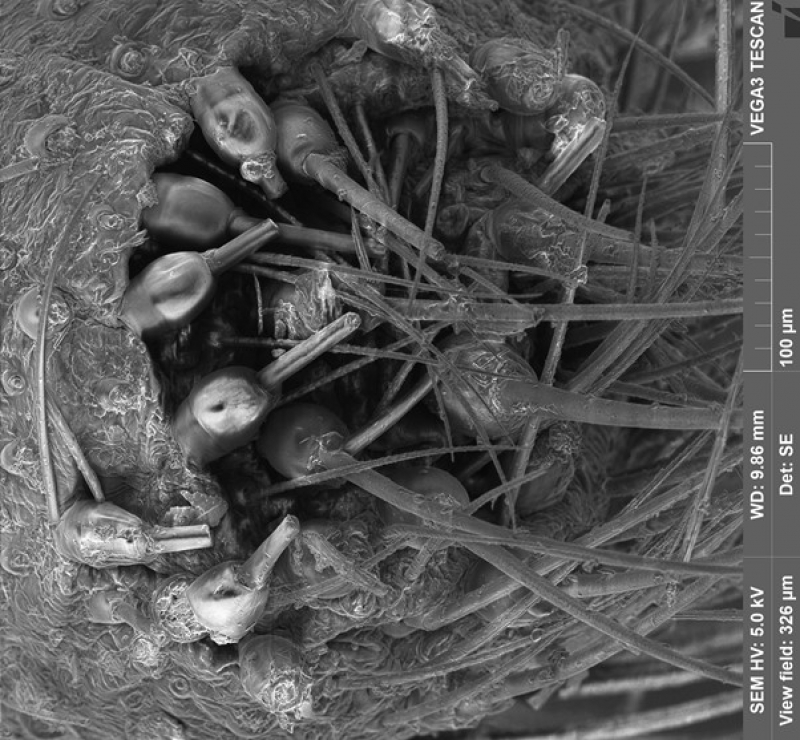
Picture of the Week: Spinneret of Linothele Fallax Spider
Various species of spiders use silk from their spinnerets to produce threads for their webs. In science, these threads can serve as a multifunctional natural material for drug delivery and other medical applications.16.12.2020

ITMO’s Researcher Marina Dukhinova on Viral Pneumonia and Ways to Treat It
Recently, ITMO University scientists have published an article in Cytokine & Growth Factor Reviews that reviewed global studies of viral pneumonia over the past years. ITMO.NEWS talked to Marina Dukhinova, one of the authors of the article, about this illness, its causes, and ways to study it.16.12.2020
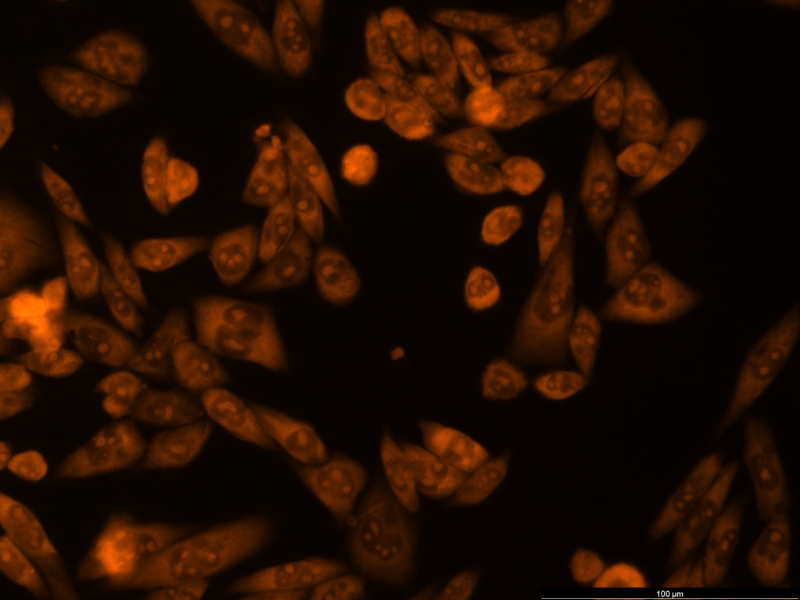
Picture of the Week: Fluorescence Microscopy Image of Neuroblastoma
Neuroblastoma cells are used in the first stages of testing biocompatibility of nervous system drugs.09.12.2020

Student Spotlight: Moustapha Nour, Djibouti
A year ago, Moustapha Nour left the hot African climate of Djibouti to enroll in the Master’s program in Molecular Biology and Biotechnology at ITMO University. In this interview with ITMO.NEWS he told us about his journey to Russia, his experiences as an international student, and his short- and long-term goals.23.11.2020

Top Nine Questions About Genome Decoding
These days, we often hear about scientists have decoded the genome of this or that species. ITMO.NEWS and Aleksey Komissarov, a researcher at ITMO’s , explain what DNA is, how it helps us study animal ancestry, and in what way DNA testing differs from genome research.23.11.2020
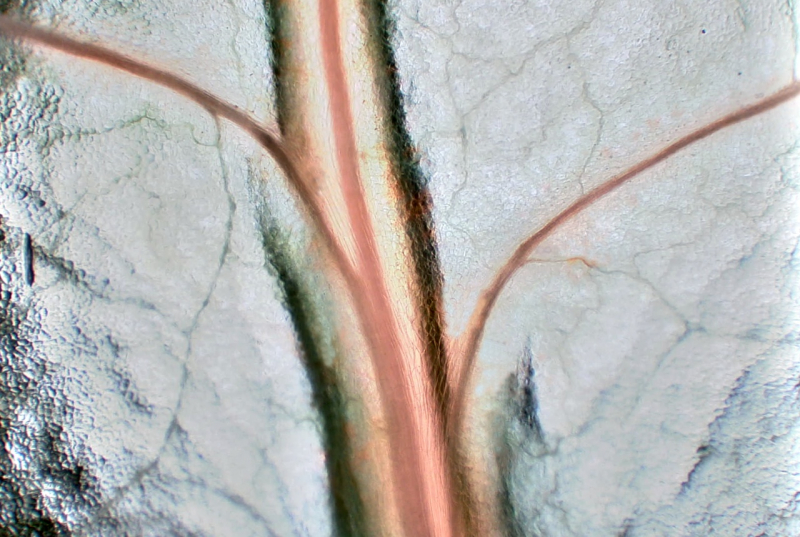
Picture of the Week: Test Fluid in a Decellularized Spinach Leaf
A decellularized, nearly-transparent spinach leaf is used as a model for testing thrombolytics. Such models of plant origin can become the alternative to the use of lab animals as test subjects.17.11.2020
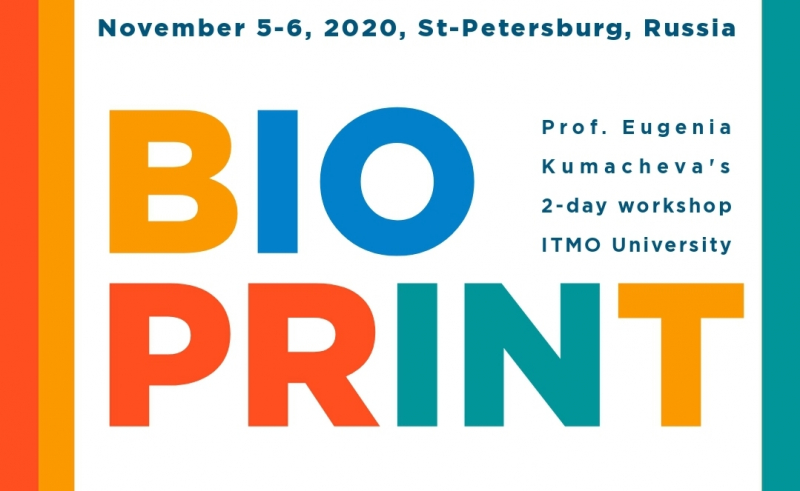
Experience of Attending the BioPrint Workshop Remotely
Student of Molecular Biology and Biotechnology - Subhrajit Barua - shares his experience of Attending the BioPrint Workshop Remotely!16.11.2020
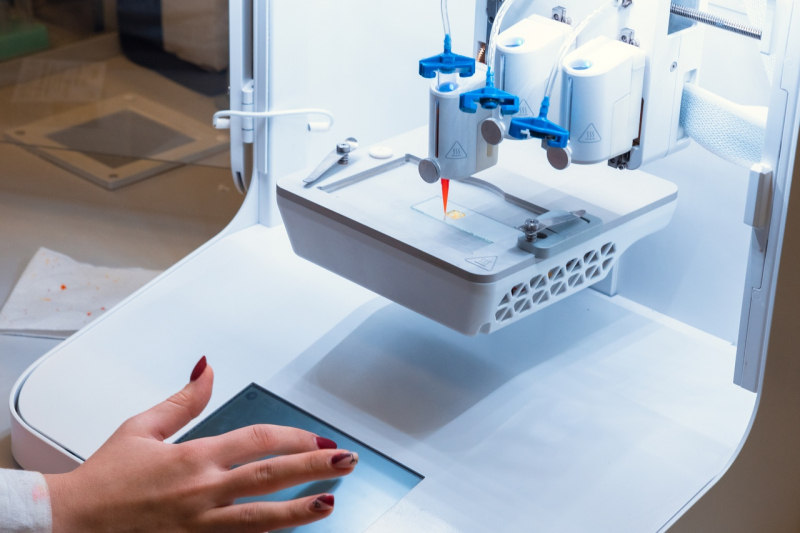
BioPrint Workshop Takes Place at ITMO University
Top scientists from Canada, Germany, China, and the US have discussed the future of bioprinting with students, who also were able to try 3D printing with their own hands.11.11.2020
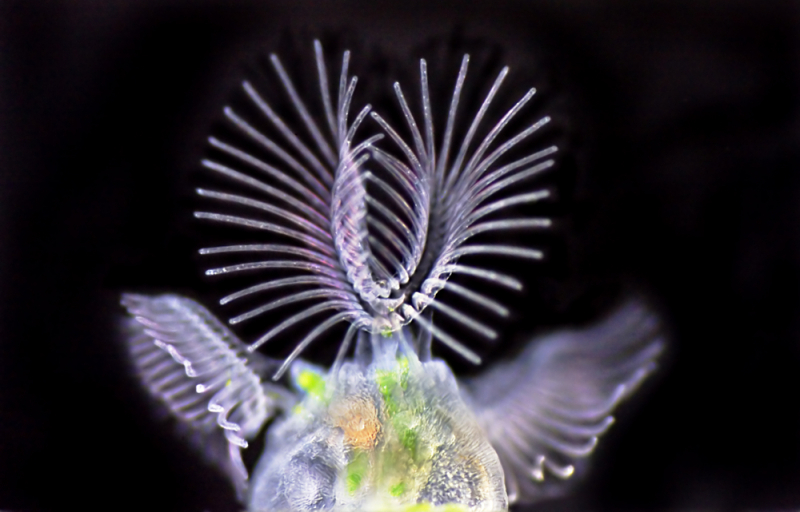
Research Team from ITMO University, St. Petersburg State University, and Nova Southeastern University Is the First to Sequence the Genome of Moss Animals
Moss animals (Bryozoa) are a source of bryostatin, a promising material to be used in medicine. However, the genome of these species hasn’t been analyzed until now. The research has been published in Scientific Data.30.10.2020

SCAMT Scholarship winners are now announced
In total there are 32 winners: 1st degree - 9 students, 2nd degree - 10 students, 3rd degree -13 students! Congrats winners!14.10.2020

Battleships and Electrons: ITMO Student Develops a VR Game for Chemistry Students
The game gives players a chance to act as captains of space fleets and destroy all enemy ships. But to figure out the coordinates of the ships, they will have to remember the quantum numbers that describe the electrons in an atom.12.10.2020
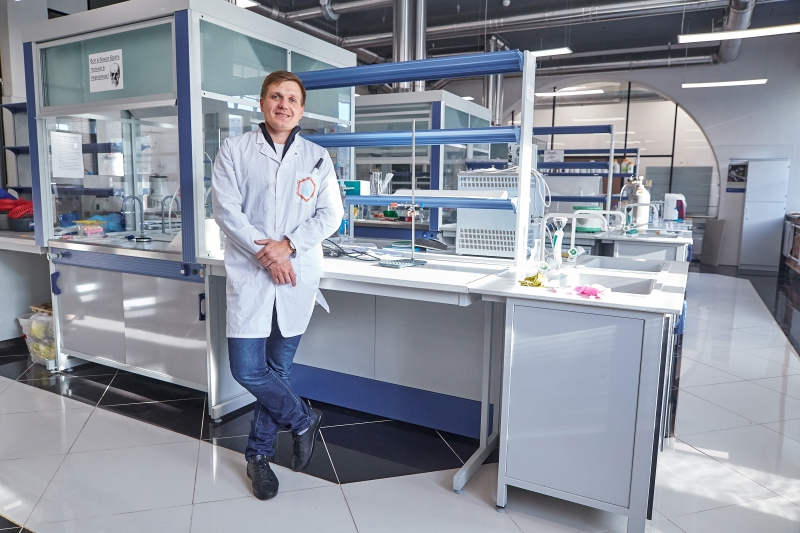
SCAMT ITMO Researchers Develop Unique Printing Technology for ‘Invisible’ Images
This inkjet printing technology makes it possible to create a transparent protective image that can only be seen using polarized light – such as when using a smartphone screen.12.10.2020
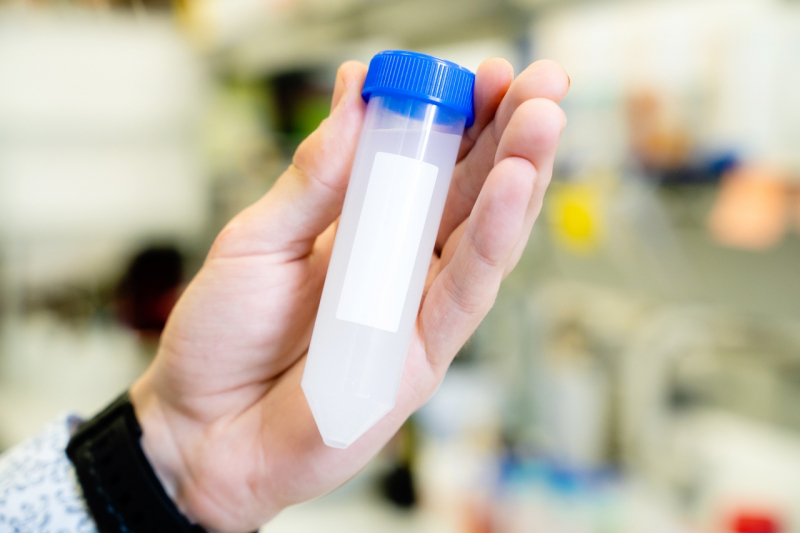
SCAMT ITMO Scientists are on the Verge of Designing Pathogen-Based Drug Delivery Systems
Researchers have created drug delivery systems based on hollow calcium carbonate particles, resembling the E. coli K12 bacterium in shape. This approach may potentially allow further development of carriers that can be perceived by pathogens as their own cells, integrate into bacterial biofilms, and release a therapeutic agent in a controlled manner, when necessary.14.09.2020
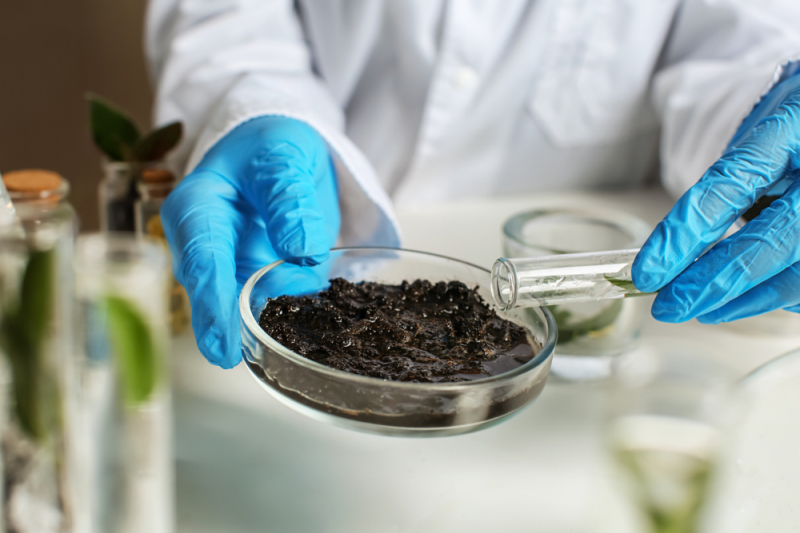
New SCAMT Project: Citizen Science, Alternative Power Sources And Distributed Lab
ITMO’s SCAMT and Kuban State University (KubSU) launch a citizen science project Internet of Bacteria. Its goal is to collect data on bacteria that produce electric energy, and the soils these inhabit.09.09.2020
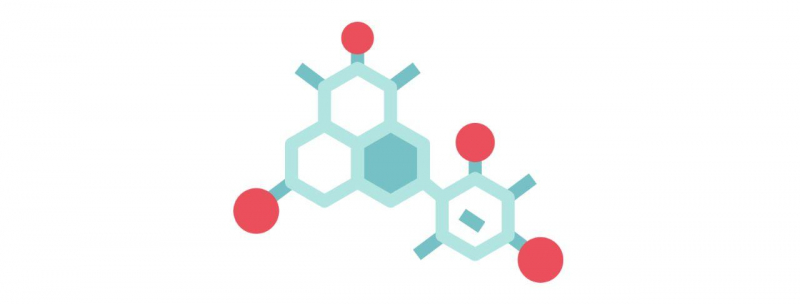
How and Why Do Scientists Create Nanorobots?
We can often read about nanorobots in various scientific articles. They are said to be one of the most promising tools to combat serious diseases. But what are nanorobots? In this article, Diana Markozashvili answers all your questions on the topic.03.08.2020